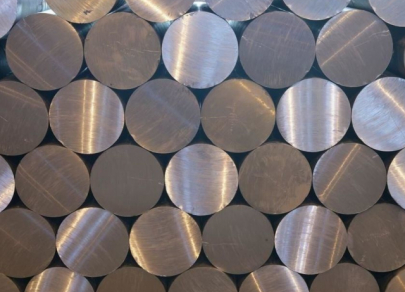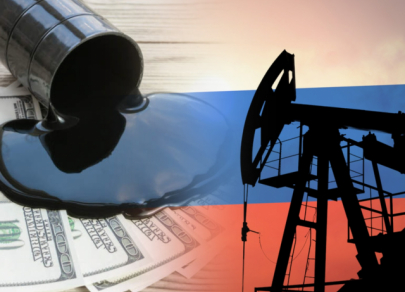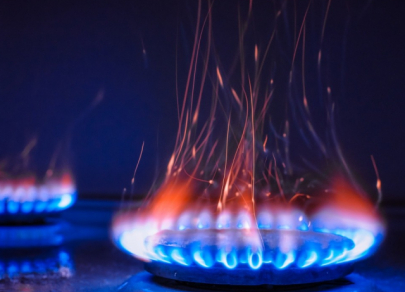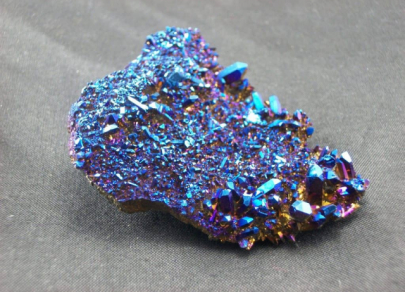FX.co ★ Top 5 commodities affected by geopolitical situation
Top 5 commodities affected by geopolitical situation
Aluminum
According to the data provided by the United States Geological Survey (USGS), in 2021, global aluminum production totaled 68 million tons, whereas Russia produced about 3.7 million tons. The conflict between Russia and Ukraine led to a slump in the already low supply of aluminum. Nowadays, Russia is a large exporter of the commodity. Since the beginning of 2022, prices of aluminum have jumped by 15%, approaching multi-year highs. However, it is not the ceiling. Christopher LaFemina, a managing director at Jefferies, supposes that aluminum may slump amid lower geopolitical risks, but then, it is likely to surge due to the long-lasting deficit.

Oil
Oil is the second commodity that may face serious problems. Notably, Russia is an oil and gas power. The country produces about 9 million barrels of oil every day, whereas global oil output totals 96 million barrels a day. By the moment, Brent crude has gained 20% on a yearly basis to trade at its 7-year high. At the same time, commodity markets are suffering supply disruptions. However, the global oil market has been supported by OPEC+. Since the middle of 2021, oil producers should have raised output by 400,000 barrels a day. Curiously, the group failed to meet its obligations. Experts think that OPEC+ countries have boosted oil production only by 135, 000 barrels a day. This is 748,000 barrels lower than expected. As for Russia, in January 2022, it extracted 85,000 barrels a day more than planned. In fact, the country should have produced just 100,000 barrels a day. Against the backdrop, analysts expect oil prices to hit $120 per barrel.

Natural gas
Experts are also concerned about the fact that liquefied natural gas is appreciating worldwide. Now, Russia is the world’s leading producer of natural gas. In 2021, the country extracted 639 billion cubic meters of gas that accounts for about 17% of global gas output. In 2022, European gas prices have reached new record highs and continue climbing. The Russia-Ukraine conflict escalation is also adding to higher prices. Some western politicians suppose that Russia is using natural gas as a means to influence the political conflict over Ukraine. If Russia stops supplying gas to Europe, US producers will replace it. This, in turn, may boost demand for natural gas, thus exhausting domestic reserves. The recent estimates unveiled that every year, global demand for gas reaches new highs amid considerable consumption in China and countries of the Asian-Pacific region. The better part of global gas demand is satisfied by larger exports of the US liquefied natural gas. Some experts believe that the situation will remain unchanged in the near future.

Copper
Data from the United States Geological Survey showed that in 2021, Russia produced 920,000 tons of copper which stands for about 3.5% of the global output. Asian and European countries are the main consumers of Russian copper. Some experts foresee that in 2022, copper prices may jump to all-time highs since some countries are planning to switch to zero emission copper mining. At the moment, copper prices are beating record highs thanks to mounting demand in developed countries. The fact is that this metal is widely used in electric vehicles, wind power stations, and solar panels. Notably, experts have already reported a supply deficit. In addition, sanctions against Russia are likely to cause a slump in copper supply. Most specialists suppose that copper will become extremely popular in the near future and it could be considered the “new oil”. Such an opinion could be explained by a rapid spread of electric cars, which use four times more copper than cars with petrol engines. Thus, the International Copper Association predicts that a boom in e-cars production may boost demand for copper to 1.74 million tons by 2027. However, by 2030, the market may face a supply deficit (about 8.2 million tons) and a rapid rise in copper prices.

Cobalt
Cobalt closes the list of top 5 commodities most hit by the geopolitical conflict. According to the US Geological Survey, in 2021, Russia extracted 7,600 tons of cobalt that is about 4% of the global production. Last year, the country sold 5,000 tons. Notably, European countries were among the main consumers. In 2021, the price of the metal skyrocketed by 90%. However, in 2022, it is likely to stabilize amid supply disruptions. The expected decline is likely to influence e-cars producers, including Tesla Inc, and some Chinese companies that use lithium iron phosphate batteries. Preliminary estimates showed that this year, cobalt prices might drop by 8.3% amid the absence of supply difficulties. Against this background, sanctions against Russia will hardly affect the metal price.






















